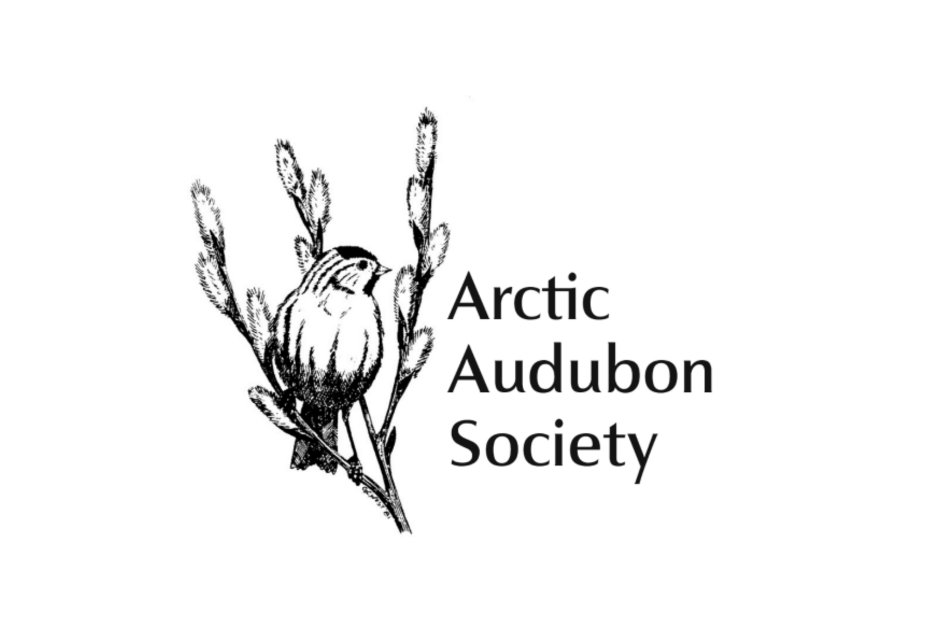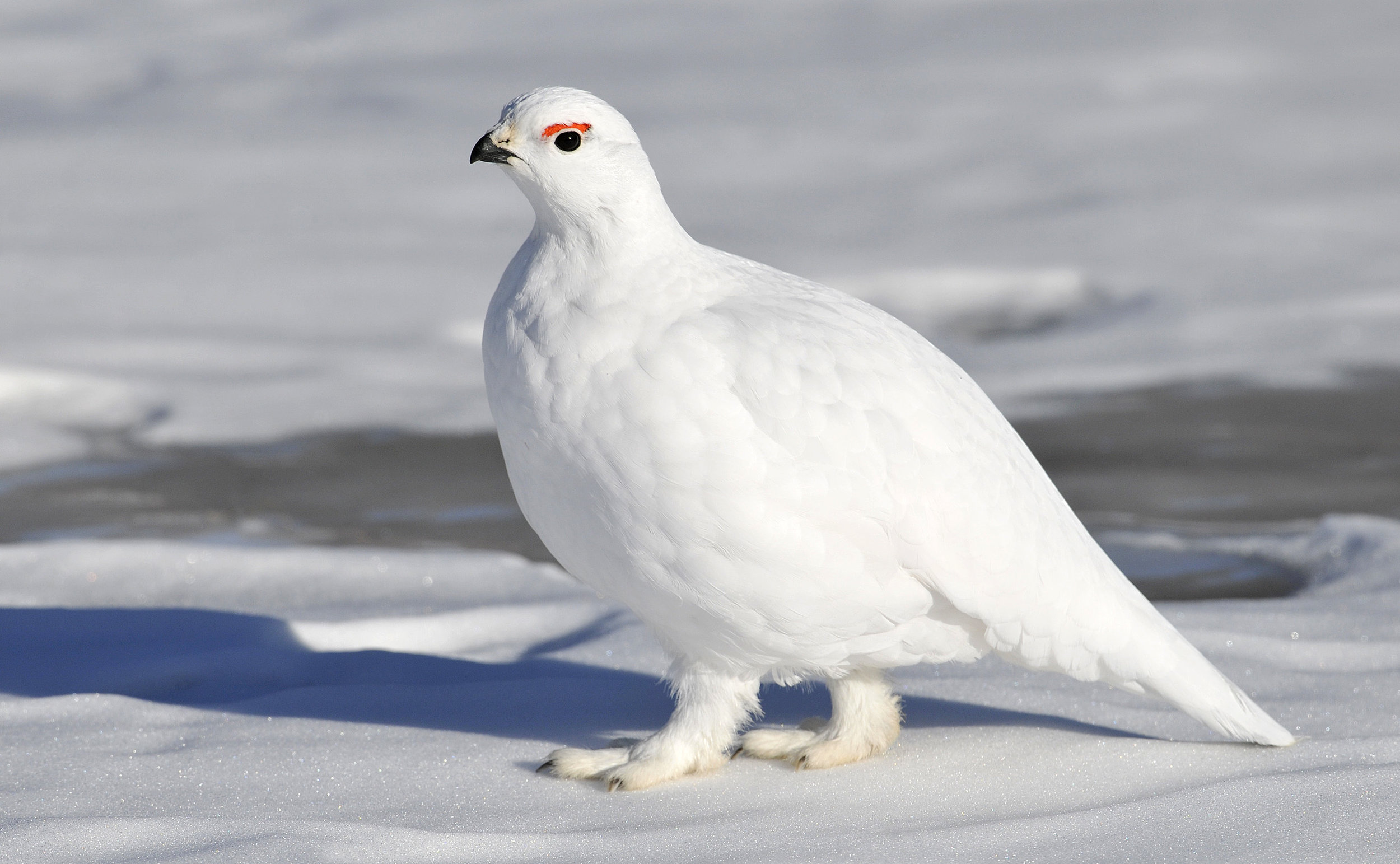Fairbanks Christmas Bird Count
Image provided by Ken Whitten, Wildlife & Wood, Fairbanks, Alaska
65th Annual Fairbanks 2025 Christmas Bird Count
Saturday, December 27
Compilation Meeting and Potluck 5:30pm
Fairbanks Unitarian Universalist Church 4448 Pikes Landing Road
From the Arctic Circle to the mountain valleys of the Andes, tens of thousands of people take part in the world’s longest-running citizen science project—the Christmas Bird Count. Birders of all levels brave the elements to count birds during a three-week period each year since the count began in 1900. Even though the count is somewhat loosely organized, having 124 years of data on bird species and numbers document important trends.
Each Christmas Bird Count lasts 24 hours and covers a 177 square mile circle that is 15 miles in diameter. The objective of the count is to cover as much of the circle as possible while identifying and counting birds without duplication. Since our daylight hours are limited, we need many volunteers willing to cover assigned areas.
If you live inside the Fairbanks count circle, you can count birds coming into your feeder. But you don’t have to live inside the count circle to participate on a field team! It’s fun to join other birders to count our avian neighbors, and it contributes valuable scientific data.
Please contact the coordinator of the area in which you want to count as soon as possible. If you have no preference or can’t reach your coordinator, contact Laurel Devaney, 907-750-3027 or devaneylaurel@gmail.com
Info for CBC counters:
Field observers cover an assigned area and record species, numbers, and effort.
Feeder watchers must be inside the count circle. They participate by counting the largest number of birds of each species seen at their feeders at any one time on that day. Please avoid over-counting.
During “Count Week” (three days before and after count day - Dec.18 -24 this year) additional species seen or heard within the count circle can be added to the final list of species observed.
How to count ravens: There will be someone specifically counting ravens feeding at the landfill. Ravens should only be counted in your area if they are using the habitat. For example, they are flying at or below tree tops, feeding, or perched. This will help eliminate duplicate counting of commuting ravens.
Large flocks should be counted as closely as possible. Please note the time and place large flocks are sighted so we can eliminate duplication.
2025 Area Coordinators
Goldstream West: Brian Lawhead, 907-455-6849, lawhead@mosquitonet.com
Ester: April Harding-Scurr, 907-799-4196, april1bird@gmail.com
University: Dave Hejna, 907-888-5124, david.m.hejna@gmail.com
Chena Ridge: Ryan Marsh, 510-936-3266, ryan.arash.marsh@gmail.com
South Fairbanks: Ken Russell & Laurel Devaney, 907-750-3027, devaneylaurel@gmail.com
Goldstream East: Maria Berger, 907-474-0724, mariaberger.ak@gmail.com
Farmer’s Loop: Jamie Marschner, 907-458-0462, jamie.marschner@gmail.com
Creamer’s Refuge: Melanie Graeff, 937-654-0605, mgraeff@live.com
Steese & Wainwright: Melissa Sikes, 907-347-1802, melsikes5@gmail.com
Click here to download a KML file of the Fairbanks CBC area!
It is a Google Earth Layer File that will allow you to see the CBC circle in Google Earth. Activate your GPS location on the map to see where the CBC borders are in relation to where you are standing!
For the Desktop version: Download and open Google Earth on your computer. Go to File -> Open -> Click on FBXCBC.kml.
For the mobile app version: Download the Google Earth app, then download the KML file to a folder on your phone (i.e. 'Documents' or ‘Files’). Open the Google Earth app. Click on the Menu in the top left corner -> Projects -> Open -> then find the KML file in your documents -> a little 'eye' icon (Android) or three dots (iOS) will show up next to the file . Click on the eye/dots and select "Pin to Earth."
Information and & Event History: The Fairbanks Christmas Bird Count is part of the Annual Christmas Bird Count, a nation-wide winter tradition organized by the National Audubon Society throughout the American hemisphere. The first Christmas Bird Count took place in 1900, and it is now the longest running citizen science project in the world! For more than 120 years this citizen-based conservation effort has built an extensive and valuable database for understanding bird population dynamics. This information is used to develop conservation strategies for birds and their habitats and to evaluate climate change. To learn more, listen to How Christmas Bird Counts Help Shape Science, a 2022 episode of the WNYC radio program Science Friday.
Today there are approximately 2,100 active CBC circles across the U.S., Canada and several Latin American and Caribbean countries! Each count is run in the same way each year. The same size circle defines the count area and the same time period is used. Observers record the effort made to find birds, as well as the species and numbers of birds seen, weather, and habitat conditions. The database is available for anyone to view and/or use. For more information visit the National Audubon Christmas Bird Count web page. You can also view and download historical data from the Fairbanks count by clicking the data archives link below.
Each count lasts 24 hours and covers a 177 square mile circle, 15 miles in diameter. The Fairbanks CBC circle is centered on the intersection of Dalton Trail and Yankovich Road. The circle includes the top of Ester Dome, parts of the Chena and Tanana Rivers, the dump, and plenty of typical Interior habitat. The object of the count is to cover as much of the circle as possible while identifying and counting birds without duplication. Since our daylight hours are severely limited, we need many volunteers willing to cover assigned areas.
Contact Arctic Audubon Society with any questions or if you are interesting in assisting with compilation efforts. If you are interested in becoming a field observer, contact your local coordinator.


